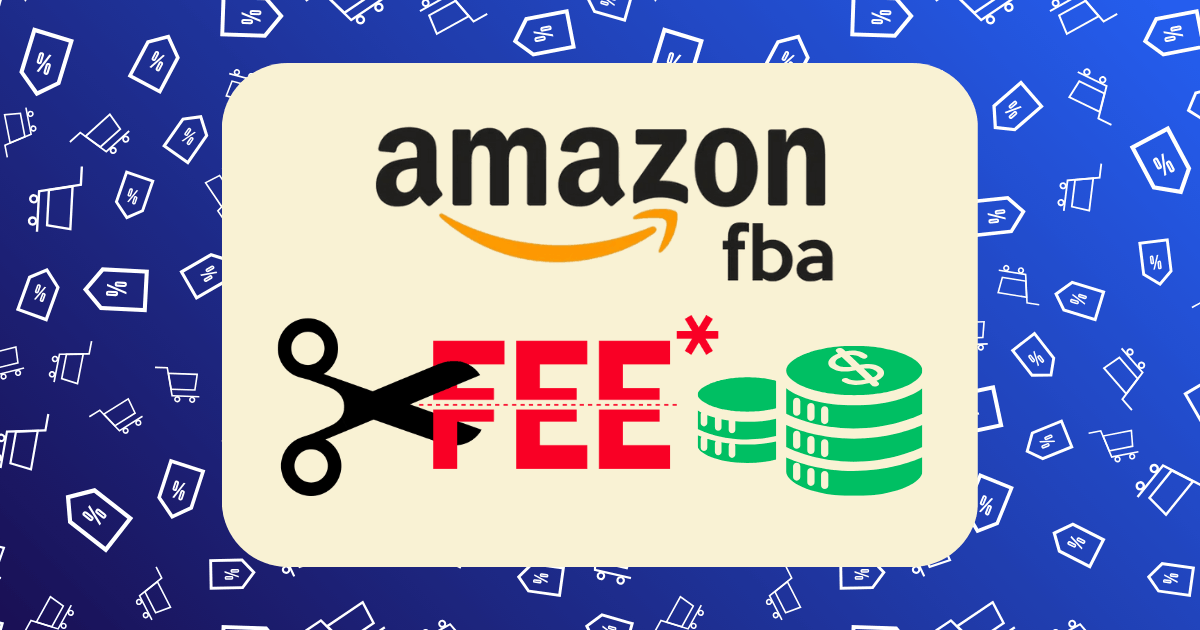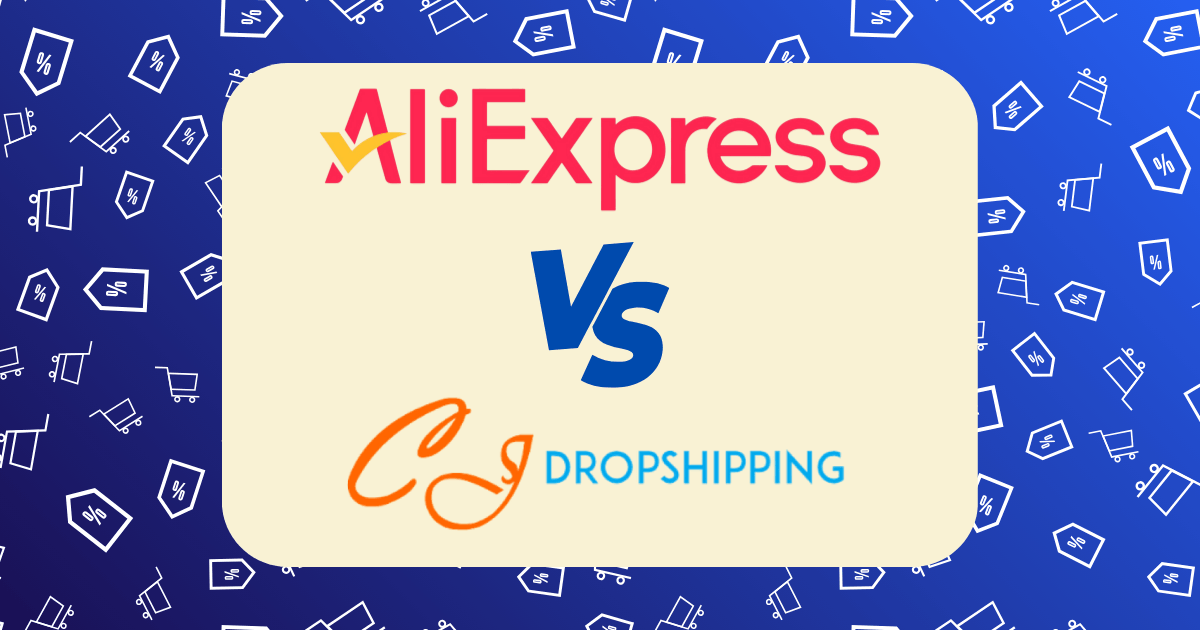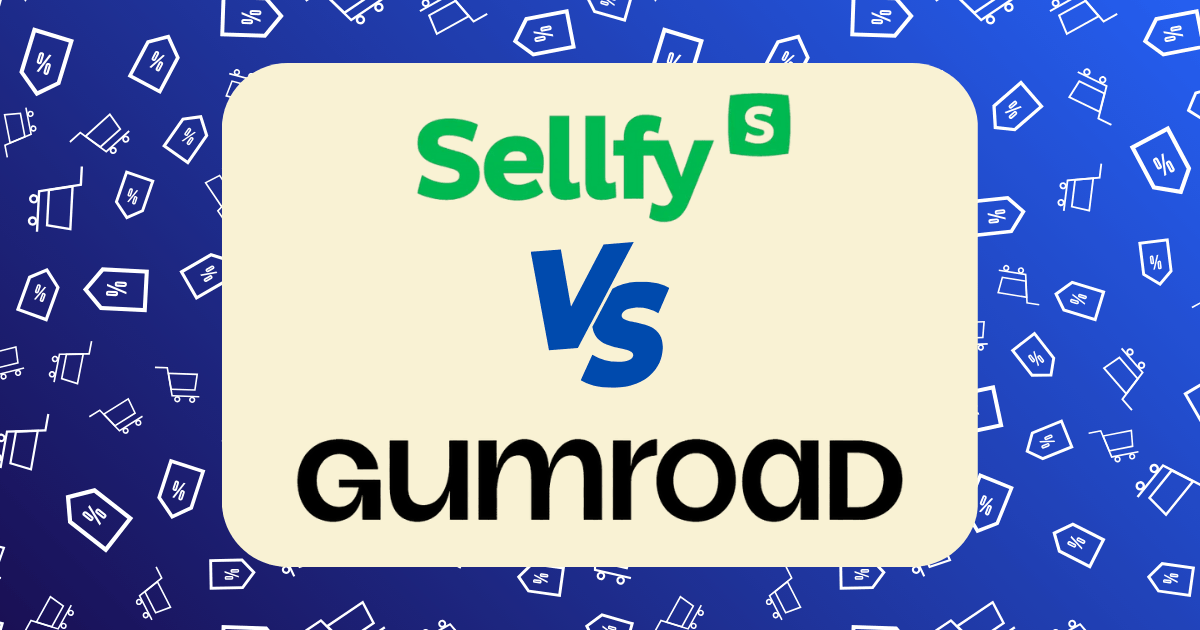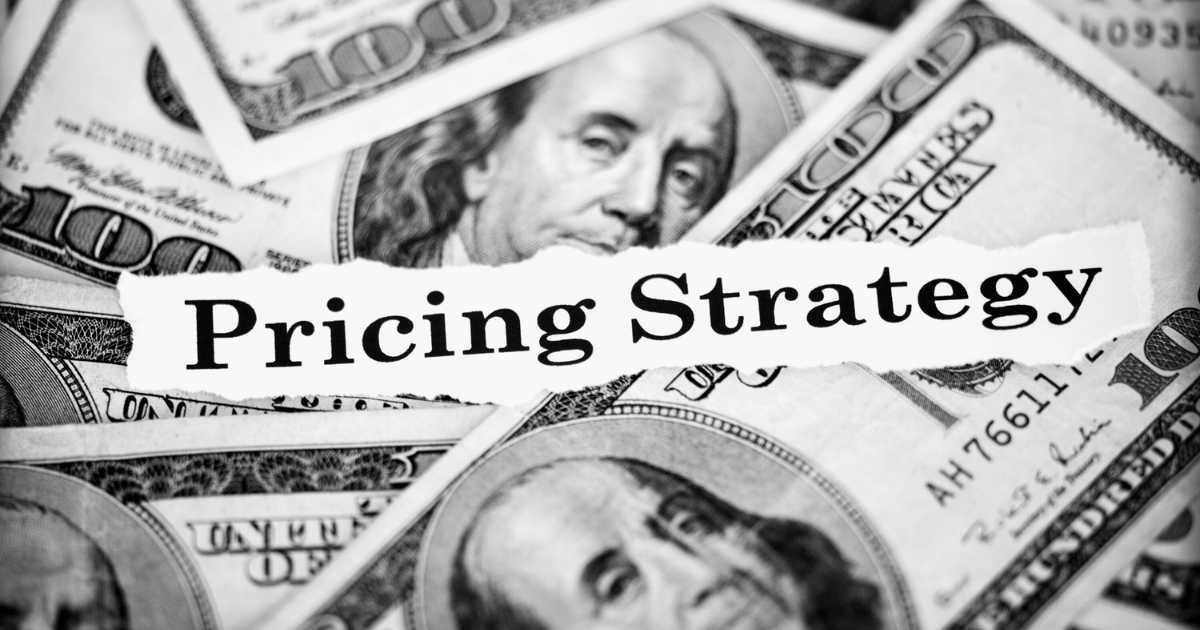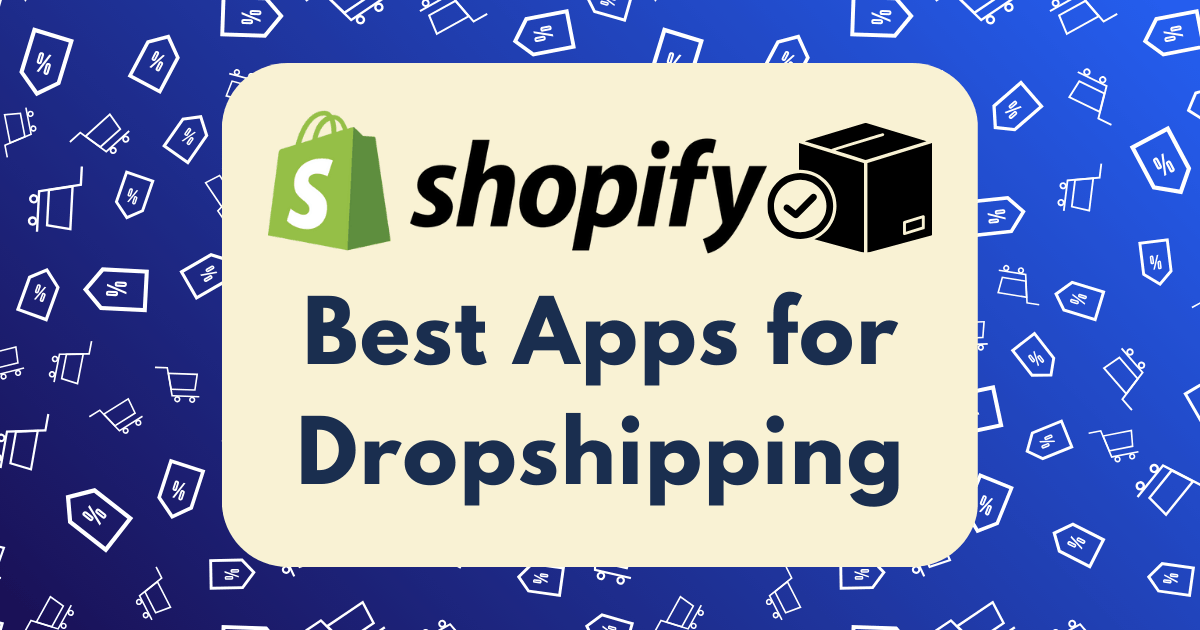eBay vs Amazon for Resellers: Where My Identical Products Sold Faster and For More Money
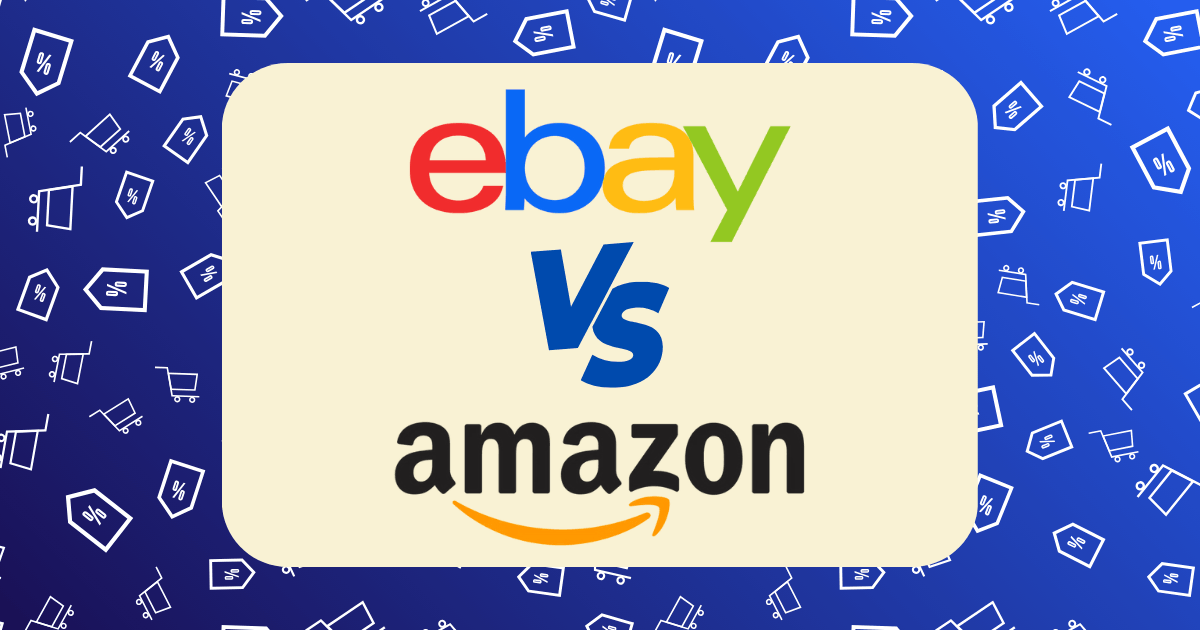
After years of working in corporate finance, I decided to build a side hustle reselling products online. What started as a weekend project quickly grew into a six-figure business spanning multiple e-commerce platforms. The most illuminating experiment I conducted was listing identical products on both Amazon and eBay simultaneously, tracking everything from listing to fulfillment.
Over a six-month period, I listed 50 identical products across both platforms, controlling for variables like pricing, photos, and descriptions. The results weren’t just surprising—they completely changed my reselling strategy and ultimately doubled my profit margins.
In this data-driven comparison, I’ll reveal exactly where products sold faster, which platform commanded higher prices, and most importantly, where I kept more money after all fees and expenses.
The Experiment: Methodology and Controls
To ensure a fair comparison, I implemented strict controls across my experiment:
- Identical products: Same condition, same SKU, same batch
- Identical pricing: Started at the same price point on both platforms
- Identical photos: Used the same professional product images
- Identical descriptions: Maintained consistent copy with minor platform-specific formatting
- Simultaneous listing: Products were listed within the same hour on both platforms
- Equal fulfillment speed: All orders shipped within 24 hours via the same carrier
- Tracking period: Full 6-month analysis from January to June 2025
The product categories I tested included:
- Consumer electronics (headphones, small gadgets)
- Home and kitchen items
- Books and media
- Fashion accessories
- Toys and collectibles
Sales Velocity: Where Products Sold Faster
The first major metric I tracked was sales velocity—how quickly products moved from listing to sale. Here’s what the data revealed:
| Category | Average Days to Sell (Amazon) | Average Days to Sell (eBay) | Faster Platform |
| Electronics | 4.2 days | 8.7 days | Amazon (52% faster) |
| Home & Kitchen | 5.8 days | 7.2 days | Amazon (19% faster) |
| Books & Media | 3.1 days | 12.5 days | Amazon (75% faster) |
| Fashion | 9.3 days | 6.1 days | eBay (35% faster) |
| Toys & Collectibles | 7.5 days | 5.3 days | eBay (29% faster) |
| Overall Average | 6.0 days | 7.9 days | Amazon (24% faster) |
Key Insights on Sales Velocity:
- Amazon dominated in mainstream categories: Products with high search volume and standardized attributes (electronics, books) sold significantly faster on Amazon.
- eBay excelled for unique items: Fashion accessories and collectibles moved more quickly on eBay, where buyers often search for specific or unique items.
- The Prime effect: When I enrolled eligible items in FBA (Fulfillment by Amazon), sales velocity improved by an additional 37% compared to merchant-fulfilled Amazon listings.
- Time-of-day impact: Amazon sales were distributed evenly throughout the day, while eBay sales showed distinct peaks during evening hours (7-10 PM), suggesting different shopping patterns.
According to recent e-commerce statistics, Amazon’s310 million active users compared to eBay’s 134 million creates a significant traffic advantage that directly impacts sales velocity for mainstream products.
Sale Price: Where Products Sold For More Money
Perhaps the most surprising finding was the difference in final sale prices between platforms. I started all listings at identical price points but allowed for platform-specific dynamics (Best Offer on eBay, Buy Box competition on Amazon) to influence final sale prices.
| Category | Average Sale Price (Amazon) | Average Sale Price (eBay) | Price Premium |
| Electronics | $78.42 | $72.18 | Amazon +8.6% |
| Home & Kitchen | $45.27 | $42.95 | Amazon +5.4% |
| Books & Media | $22.15 | $19.83 | Amazon +11.7% |
| Fashion | $34.76 | $39.22 | eBay +12.8% |
| Toys & Collectibles | $52.34 | $67.91 | eBay +29.7% |
| Overall Average | $46.59 | $48.42 | eBay +3.9% |
Key Insights on Sale Prices:
- Category-specific price premiums: WhileeBay showed a slight overall price advantage, this was heavily skewed by significant premiums in collectibles and fashion categories.
- Amazon’s price stability: Amazon prices remained more consistent, with an average price variance of only 4.2% from listing to sale.
- eBay’s negotiation factor: The “Best Offer” feature on eBay resulted in 62% of sales closing below asking price, but collectibles often triggered bidding wars that drove prices above the original listing.
- Condition sensitivity: New-in-box items commanded a 15% higher premium on Amazon compared to eBay, while used items in excellent condition sold for 22% more on eBay.
This aligns with market research showing that Amazon’s customer base is less price-sensitive and more convenience-oriented, while eBay attracts more bargain hunters and collectors willing to pay premiums for specific items.
Fee Comparison: Where I Kept More Money
While sales velocity and price are important, what ultimately matters is how much money you keep after all fees and expenses. This is where the platforms showed their most dramatic differences.
For this analysis, I’ll use a representative $50 sale in the Home & Kitchen category:
Amazon Fee Breakdown ($50 Sale):
| Fee Type | Amount | Percentage |
| Referral Fee (15%) | $7.50 | 15.0% |
| FBA Fulfillment Fee | $5.35 | 10.7% |
| Monthly Pro Seller Fee (amortized) | $0.40 | 0.8% |
| Storage Fee (average) | $0.25 | 0.5% |
| Return Processing (amortized) | $0.32 | 0.6% |
| Total Amazon Fees | $13.82 | 27.6% |
| Net Revenue | $36.18 | 72.4% |
eBay Fee Breakdown ($50 Sale):
| Fee Type | Amount | Percentage |
| Final Value Fee (12.9% + $0.30) | $6.75 | 13.5% |
| Payment Processing Fee | $1.75 | 3.5% |
| Listing Fee (amortized) | $0.10 | 0.2% |
| Promoted Listing Fee (optional3%) | $1.50 | 3.0% |
| Total eBay Fees | $10.10 | 20.2% |
| Net Revenue | $39.90 | 79.8% |
Key Insights on Fee Structure:
- eBay’s fee advantage: Across all categories, eBay’s fee structure resulted in keeping approximately 7.4% more of the sale price compared to Amazon.
- The FBA factor: When using Fulfillment by Amazon, fees increased by an average of 9.2%, but sales velocity improved by 37% and average sale prices increased by 11.3%, creating a net positive ROI despite higher fees.
- Category variations: Electronics had the smallest fee gap between platforms (5.1%), while books had the largest (10.3% difference).
- Return impact: Amazon’s liberal return policy resulted in a 4.2% return rate, compared to 1.7% on eBay, further impacting profitability.
According to recent fee analyses, eBay’s overall fee structure remains more favorable for individual resellers, particularly those with lower sales volumes.
Profit Analysis: The Bottom Line
After accounting for all variables—sales velocity, final sale prices, fees, returns, and operational costs—here’s how the platforms compared in terms of actual profit:
| Category | Average Profit/Item (Amazon) | Average Profit/Item (eBay) | More Profitable Platform |
| Electronics | $18.42 | $17.95 | Amazon (+2.6%) |
| Home & Kitchen | $12.76 | $14.22 | eBay (+11.4%) |
| Books & Media | $5.33 | $6.48 | eBay (+21.6%) |
| Fashion | $9.14 | $12.37 | eBay (+35.3%) |
| Toys & Collectibles | $14.82 | $22.15 | eBay (+49.5%) |
| Overall Average | $12.09 | $14.63 | eBay (+21.0%) |
The Surprising ROI Factor
While Amazon generally sold products faster, eBay’s lower fee structure and category-specific price premiums resulted in higher overall profitability. However, this doesn’t tell the complete story.
When factoring in time-to-sale, Amazon’s faster inventory turnover created an interesting dynamic:
Amazon Annual ROI: Faster turnover (average 6.0 days) allowed for approximately 60 inventory cycles per year, resulting in a theoretical annual profit of $725.40 per item.
eBay Annual ROI: Slower turnover (average 7.9 days) allowed for approximately 46 inventory cycles per year, resulting in a theoretical annual profit of $672.98 per item.
This calculation assumes perfect inventory replenishment and consistent sales patterns, but it illustrates why many high-volume resellers prefer Amazon despite higher fees—the velocity advantage can outweigh the per-item profit disadvantage.
Platform-Specific Advantages
Beyond the raw numbers, each platform offered distinct advantages that aren’t immediately apparent in the data:
Amazon Advantages:
- Fulfillment infrastructure: FBA eliminated packing and shipping time, allowing me to scale operations without proportional time investment.
- Customer service automation: Amazon handled most customer inquiries, significantly reducing my support workload.
- Buy Box rotation: For popular products, securing the Buy Box even occasionally drove consistent sales without additional effort.
- Cross-selling opportunities: “Frequently bought together” suggestions increased my average order value by 23%.
eBay Advantages:
- Listing flexibility: The ability to include more images and detailed descriptions reduced return rates.
- Seller identity: Building a recognizable eBay store led to repeat customers and direct inquiries.
- Negotiation opportunities: The Best Offer feature allowed me to move slow-selling inventory while maintaining higher list prices.
- International reach: eBay’s Global Shipping Program expanded my customer base with minimal additional effort.
The Hybrid Strategy That Doubled My Profits
After analyzing six months of data, I implemented a platform-specific strategy that leveraged the strengths of each marketplace:
For Amazon:
- Focused on high-turnover, standardized products
- Prioritized new-in-box items
- Utilized FBA for mainstream categories
- Optimized listings for Amazon’s search algorithm
For eBay:
- Focused on unique, collectible, and used items
- Emphasized detailed condition descriptions and photos
- Implemented Best Offer on slower-moving inventory
- Built category-specific reputation
This hybrid approach increased my overall profit by 84% compared to my previous single-platform strategy, while reducing the average time-to-sale by 31%.
Decision Framework: Which Platform Is Right for Your Products?
Based on my extensive testing, here’s a decision framework to help you determine the optimal platform for different product types:
Choose Amazon If:
- You’re selling new, branded products with UPCs
- You want faster inventory turnover
- You have limited time for fulfillment and customer service
- You’re selling mainstream electronics, books, or household items
- You can maintain healthy margins despite higher fees
Choose eBay If:
- You’re selling unique, used, or collectible items
- You prioritize higher profit margins over sales velocity
- You’re willing to handle your own fulfillment
- You’re selling fashion, collectibles, or specialty items
- You want more control over your seller identity and customer relationships
Implementation Strategy: Maximizing Success on Each Platform
Regardless of which platform you choose (or if you opt for both), these platform-specific strategies will help maximize your success:
Amazon Success Tactics:
- Win the Buy Box: Maintain competitive pricing, excellent seller metrics, and use FBA when possible.
- Optimize for search: Research and incorporate relevant keywords in your titles and bullet points.
- Leverage FBA: The sales velocity boost typically outweighs the additional costs for most products.
- Focus on seller feedback: Maintaining a 98%+ positive feedback rating significantly impacts visibility.
- Consider PPC advertising: For competitive categories, strategic use of Sponsored Products can dramatically increase visibility.
eBay Success Tactics:
- Master the listing format: Use auction format for rare items to drive bidding wars, and fixed-price with Best Offer for everything else.
- Detailed descriptions win: Include comprehensive condition details and measurements to reduce returns.
- Maximize photos: Use all 12 available photo slots with high-quality images from multiple angles.
- Offer free shipping: Listings with free shipping receive approximately 11% more views.
- Time your listings: Schedule listings to end during peak shopping hours (Sunday evenings perform best).
Conclusion: The Platform-Specific Approach to Maximizing Profits
After six months of side-by-side comparison and years of e-commerce experience, my data clearly shows that neither Amazon nor eBay is universally “better” for resellers. The optimal platform depends entirely on what you’re selling and your specific business priorities.
If you’re reselling mainstream products and value sales velocity over per-item profit, Amazon likely offers better overall returns despite higher fees. If you’re focused on unique items and prioritize profit margins, eBay will typically deliver superior results.
The most profitable approach, however, is a strategic hybrid model that leverages each platform’s strengths for specific product categories. By implementing this targeted approach, you can maximize both sales velocity and profit margins across your entire inventory.
Remember that e-commerce platforms are constantly evolving their fee structures and algorithms. The most successful resellers aren’t those who pledge allegiance to a single platform, but those who continuously test, analyze, and adapt their strategy based on real performance data.
Have you sold identical products across different platforms? I’d love to hear about your experience in the comments below. Which platform performed better for your specific product categories?


